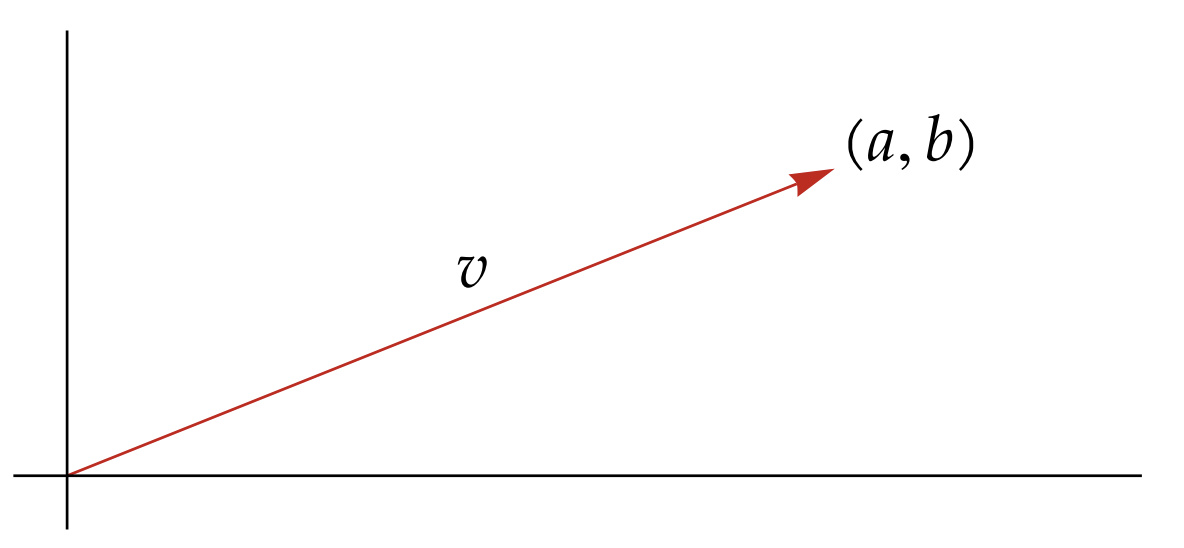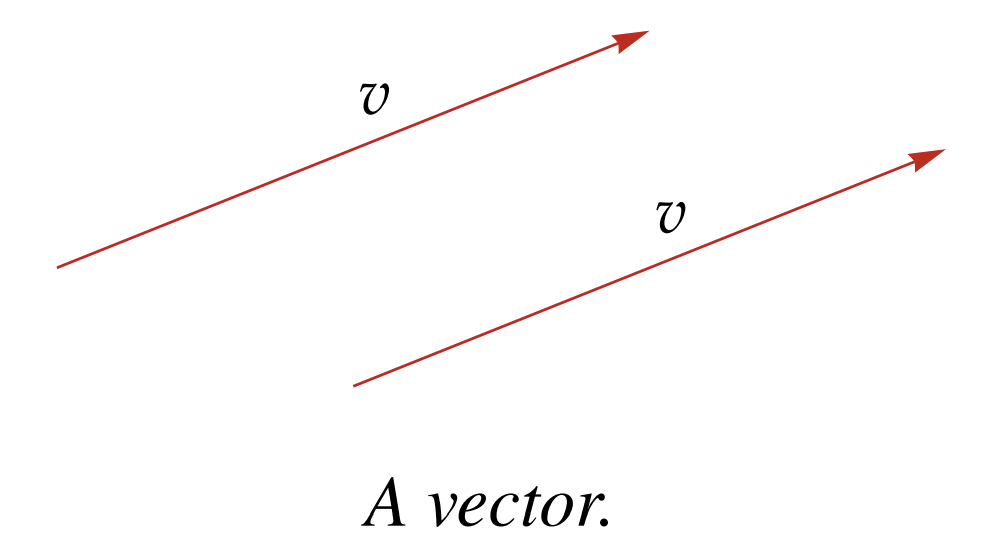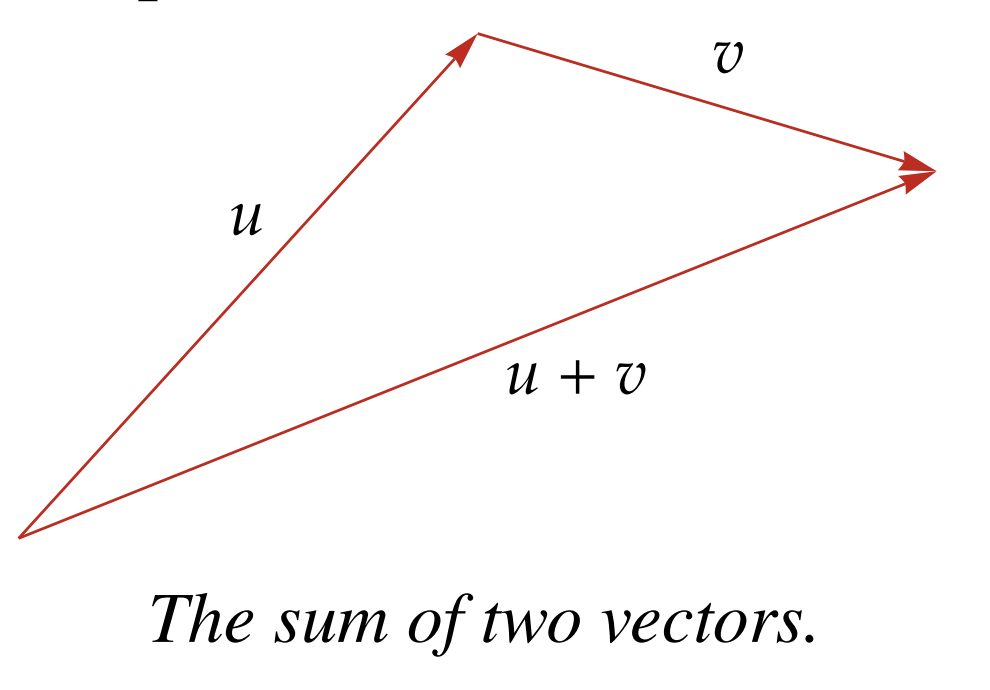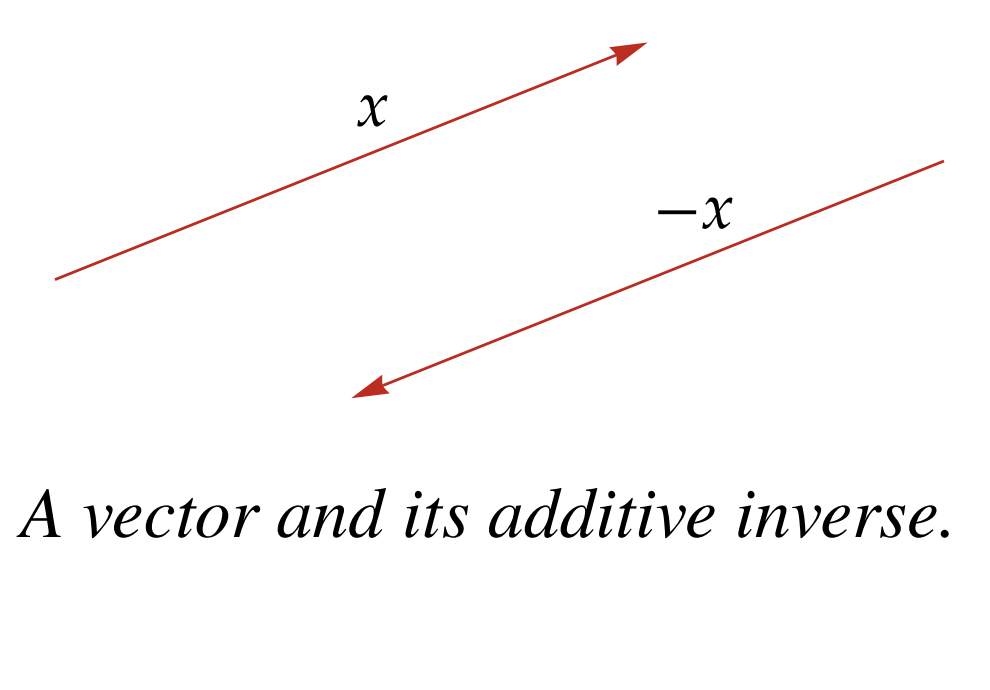Generalizations
Here are a few generalization for the next few topics that will be explained later:
Vector spaces:
sets with operations of addition and scaler multiplication which satisfy natural algebraic properties.
Subspaces:
Similar to subsets for sets. (Closer to subgroups for groups)
Sums of subspaces are similar to unions of sets
Direct sums of subspaces are similar to unions of disjoint sets.
and
Skipping over .
Complex numbers were created to allow for the square root of negative numbers. We already know what is; but for the sake of definitions (mainly for proof writing and rigor) here are the formal definitions of the set
The set
- A complex number is an ordered pair where . We often denote them with .
- The set of all complex numbers is denoted by . The formal definition is as follows:
- Addition and multiplication in is defined by (for ): It is clear that as
For some elementary practice (just to warm myself after a summer of no math) here is a practice problem:
Basic Arithmetic Properties in
The common properties of algebra hold for both addition and multiplication
- Commutativity:
- Associativity:
- Identity:
- Additive Inverses: (note ! means unique)
- Multiplicative inverses:
- Distributive Property: The rest of this is skipped assuming basic prior knowlage of proofs, definition of subtraction and division.
Other abstract definitions
Throughout this course we assume the only fields are real or imaginary numbers, ie or
Scalers
Elements of are known as Scalers. Scaler is legit just another word for number:
Scaler is just another fancy term for “number” and is used to distinguish an object from a vector.
Power Rules:
For any we can define powers as: By this definition, it is implied that: and for all and positive integers
Lists
To define first look at the following definitions: We can define with the following: This is the set of all ordered pair of elements in . Either real or complex numbers
Similarly, We can define with the following: This is the set of all complex tuples in
List Definition:
Let be a non-negative integer. Then a list of length is an ordered collection of elements.
Two lists are equal if and only if they have the same length and the same elements in the same order.
Lists are often denoted by parenthesis and comas; ie a n-length list can look like: A list of n length is sometimes called an n-tuple.
Sometimes we will refer to a list without explicitly stating a size, however by definition lists are finite length which is a non-negative integer. Therefore an object like is not a list. A list of length zero, denoted as is also a list.
Lists differ from sets in that:
- Order matters
- Repeated elements matter
For example, however
Similarly, however
For the given time, pretend is some positive integer.
Now, by definition, is the set of all lists of length with elements in . And, k defines the coordinate of the list. i.e. for any we say it is the th element
For we cannot visualize as a physical object, it is only possible in 3 dimensions.
Similarly, we can not visualize as an physical object for . However, can be thought of as a plane.
Addition in .
Addition in is defined by adding corresponding values.
We can just use variables to denote lists to simplify proofs:
Lets do the following proof:
If then Proof:
- First let and
- Now notice x+y = (x_1,x_2,...,x_n) + (y_1,y_2,...,y_n) = (x_1+y_1,x_2+y_2,....,x_n+y_n)$$$$= (y_1+x_1,y_2+x_2,....,y_n+x_n) = (y_1,y_2,...,y_n) + (x_1,x_2,...,x_n) = y+x
- Through commutativity of addition, it follows that these are the same. Hense . Thus proved.
For prewriting, aim to work with just without coordinates when possible. If coordinates are needed, use with different subscripts to denote coordinates. i.e. for aim to use just ; however if coordinates are needed use .
0
Let 0 denote the list of elements with the value 0. i.e.: Note these are not the same. The 0 on the left denotes a list, while the 0s within the set define the element
Vector Spaces Graphical Intuition
Addition
We can think of elements of as Points or Vectors. For example, lets notice the following vector:
We can represent this as a point or vector with the following:

If we are thinking of it as a point, we will just think of the usual point
If we are thinking of it as a vector we will think of the line starting from the origin and then ending at .
If we are referring to elements as vectors, the following are the same vector (arrow parallel to its-self):
 This is because they have the same length and direction.
This is because they have the same length and direction.
The reason vector addition works is because if we place parallel to itself and move the starting point to the endpoint of , their addition leads to the same point in the plane:
 Notice how the start point of vector is the same start point as but end point of the vector is the same endpoint as .
Notice how the start point of vector is the same start point as but end point of the vector is the same endpoint as .
Additive inverses in in
For any the additive inverse is just (scaler multiplication of and )as: And notice if we define as: then we have to define as: and by this definition, we are just setting every coordinate to . Thus is the additive inverse.
Essentially its a vector of the same length pointing in the opposite direction. We can view it from the image below:
 Notice this fits with our previous understanding of geometric notation, as adding this together geometrically will lead you back to the point or vector 0 (legit origin for point, and an arrow that goes in neither direction for vector).
Notice this fits with our previous understanding of geometric notation, as adding this together geometrically will lead you back to the point or vector 0 (legit origin for point, and an arrow that goes in neither direction for vector).
Multiplication
We are interested in scaler multiplication, which is multiplying a vector in with a scaler in
By definition, for a vector element and a scaler element we define scaler multiplication with the following:
You can also view this scaler geometrically and it works out extremely well:
 You are legit scaling the vector with a factor of the scaler.
You are legit scaling the vector with a factor of the scaler.
Fields
Also view Fields
However, by the definition in LADR: A Field is a set which:
- Contains distinct elements 0 and 1
- Contains usual arithmetic properties of addition and multiplication (used when we defined )